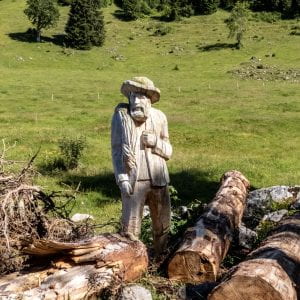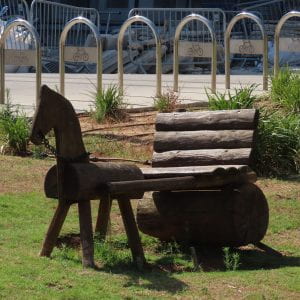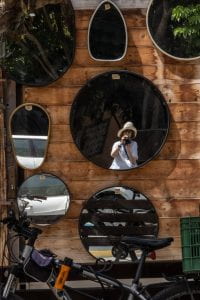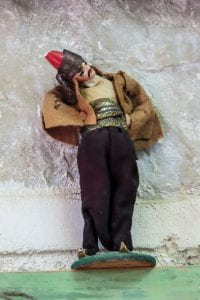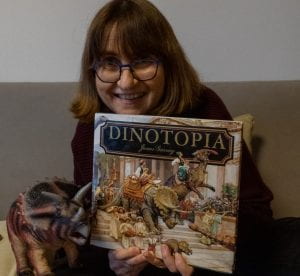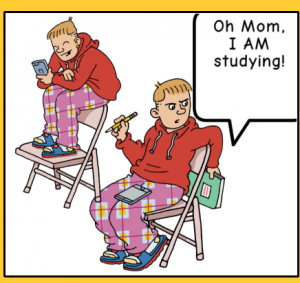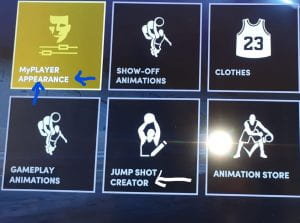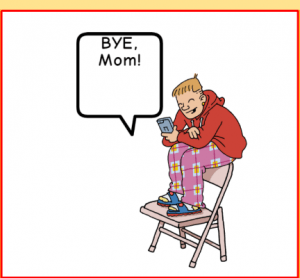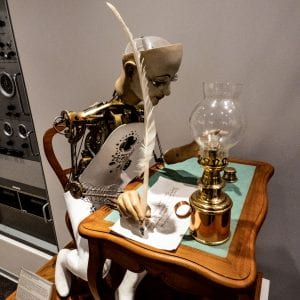
I received a surprising letter a few days ago.
I was informed that a writing competition of short love stories inspired by historic letters, had recently taken place. Someone was inspired by the historic letter I had posted and wrote a short love story, which won first place.
The entries are still not available to the public. I haven’t read the story yet. Nonetheless, I feel that this story has given a “forgotten woman” from the past, a voice in the present day.
To me, the fact that this short story came into existence actually highlights a line with TWO unhappy women at either end, in addition to an ornery woman in between.
It’s ironic that the historic letter inspired a love story, considering the lives of these two women, but that’s the beauty of art – a moment captured in time can create something that wasn’t there in real life.

Dora
Back in 2016 I began writing a series of posts in which I, with crowdsourcing help, tried to unravel the mysteries hidden in previously unknown letters written by my mysterious step-great aunt Dvora /Dora before and during WWll (up to 1940) in what was then Poland. The goal was to discover what I could of the short LIFE she lived in Brest, Belarus (then Poland) before its violent end, most likely on October 15, 1942, aged 22, at nearby Bronnaya Gora. ( To see the first post of the series and follow the discoveries, click here: Who Were You, Dora, One.)
Dora’s life was short and unhappy, we’ll never know if she even experienced her first kiss. Her letters don’t mention anyone – in the period before the ghetto she cared for the house and her father, who perished along with her.
Dora’s letters were written to her much older step-sister Libby/Lillian, who had immigrated to New York when Dora was a child.

Libby/Lillan
The fact that Lillian kept Dora’s letters isn’t so surprising. At first, they must have been a connection to her past. Then, a memorial to those who perished.
Perhaps having created a physical space to keep letters, Lillian then kept additional letters, from other relatives, including one from a 16-year-old girl named Haya.
A girl living in a farm school, in the soon-to-become Israel.
What I find mind-boggling is the fact that despite the woman being someone who was, to put it politely, not known for being warm or “grandmotherly”, was fortunate enough not to have all her old papers chucked into a bin when her cousins’ children cleaned out her apartment after she passed away.
They kept the letters.
Letters that years later made a long journey all the way to me, thanks to them.
Absolutely amazing.

Haya
Haya’s letter is dated March 8, 1948.
A dramatic period of change – 3 years after WWII, two months before the Declaration of Independence.
It’s a lovely little letter from a girl describing life at an all-girls farm school in central Israel at that time.
The teenagers studied for about 3 hours every morning and then did farm work for another five hours. There were two groups of young people – new adolescent immigrants who needed a stable place in which to adjust to their new lives before moving on, and the “local” girls for whom this was their boarding school (though Haya herself immigrated when she was three years old).
They raised Eucalyptus trees at the school. Haya describes how everyone pitched in to fill an order and get SIX THOUSAND Eucalyptus trees destined for replanting in the arid Negev area out on time.
In the evenings they had gym classes and choir practice. They had a youth movement – sometimes they had fun activities, while other times they discussed current events.
An interesting letter from a historic point of view, though I never would have expected it to inspire a love story!

I posted the letter on a site called Otzarot – a History in Letters. A national letter archive, in Hebrew. The founders want to show history through the eyes of “regular people”, the kind of people whose lives never made it into newspapers.
A direct link to Haya’s letter, in Hebrew
I posted the letter because I hoped it would somehow let her leave some mark that she was really here.
Haya’s life was a sad one. After a brief, disastrous marriage she became a recluse, working at night and barely interacting with the world.
I am grateful to the organizers of the story competition. Without having read the short story that the letter inspired, I’m moved that Haya’s letter, written all those years ago, was read and that her existence was remembered.
For me, that is enough.








